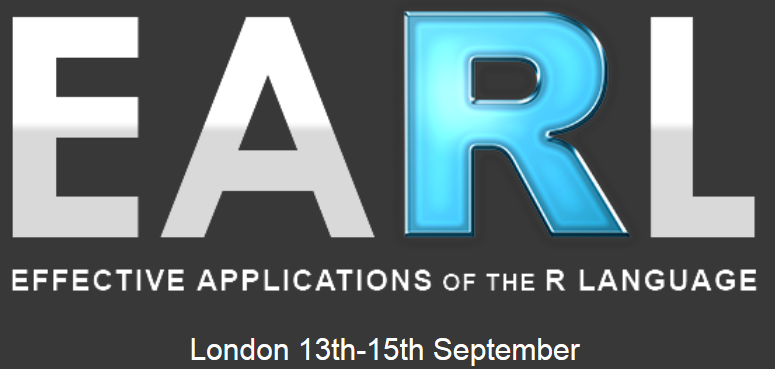Dashboarding with Flexdashboard and Opencpu
Abstract
In this blog post, I present an exemple of mix use of opencpu and flexdashboard. Opencpu is used as the back end of the dashboard and flexdashboard as the front end.
A live demonstration is available here.
The originality lie in the fact that the js to call the api is coded in the Rmd. This allows me to concentrate all the front-end code in one script, the rmd.
The process to create the dashboard is the following:
- Create the R package, the back-end functions
- Create a flexdashboard containing the html structure and js code
A script is used to render the flexdashboard, build the package and serve the updated dashboard.
Opencpu
Opencpu is a system that provides a reliable and interoperable HTTP API for data analysis based on R. It allows to easily implement R in a production environment through the use of an API to serve R scripts structured as a package.
At first, it is a complex subject, as the concept of API needs to be understood, which is not a native knowledge for a lot of analysts.
To ease up beginners, I advice to read these two resources, which describe opencpu case studies:
To summarize, opencpu allows to run R scripts on demand.
There is alternatives to opencpu. At the last EARL conference, two speakers were using different methods to use R as a real time back-end :
In the first case, an API had been built in Ruby to wrap R code. In the second case, a R script is called in batch by a script in java.
The main caveat of opencpu is the security: it is easy to inject code and uneasy to hide data. I use openCPU behind a corporate firewall so I don’t have to worry too much about how secure it can be.
Flexdashboard and shiny
Flexdashboard is a package by Rstudio which allows to do a dashboard with Rmarkdown.
You can create a standalone document where the interactivity is limited at the htmlwidget packages level.
You can, for exemple, include a leaflet map, a D3 chart or a plotly chart.
For more complex customization, the traditional way is to use shiny as the back-end to create fully customized dashboard; sometimes a good alternative to Tableau or BO.
Using opencpu with flexdashboard
Creation of the stack
To create the dashboard, the first thing to do is to code the back-end: the R package which is served by opencpu. The front-end come in second place.
The main reference for that is the book R packages by Hadley Wickham.
To test your package, the easiest way is to use the OpenCPU API explorer. You can enter your parameter and get the live result in a more fashion way than with a call with cURL.
In my exemple, functions return either a json, a R plot or an html file.
For the front-end, I create two scripts:
- A script “Index.Rmd”, which content the flexdashboard structure of my dashboard.
- The script need to be rendered as “Index.html” in the inst/www folder.
- A script “setup_package.R” which contain the steps to update the package.
- The name can be different.
The Rmd script use the flexdashboard structure but most of the content is js code to get the API content or js code to produce the input buttons. It is a mix of html, R and js code.
Update the dashboard
When I want to modify my code, I use the script “setup_package.R” to update the dashboard. The process contain 4 steps:
- Render the Rmarkdown file “Index.Rmd” to “Index.html” in inst/www
- Build the package
- Install the package
- Open the browser at the URL of the dashboard.
In addition, the first time that the dashboard is updated, the opencpu server need to be started.
On my exemple, the whole process take less than 10 sec, which is enough to keep my attention focused on the task.
All the code could be found on my github account, here.




Leave a Comment